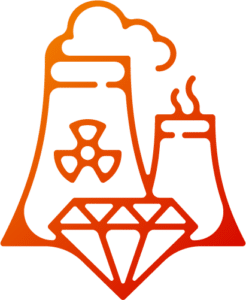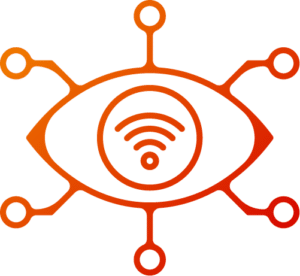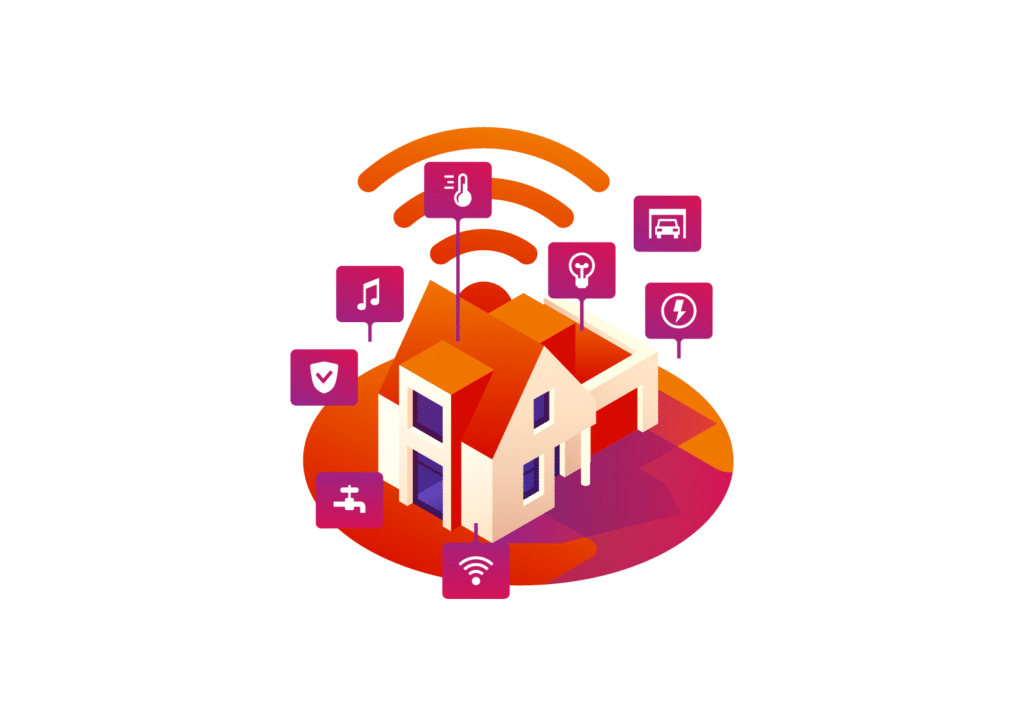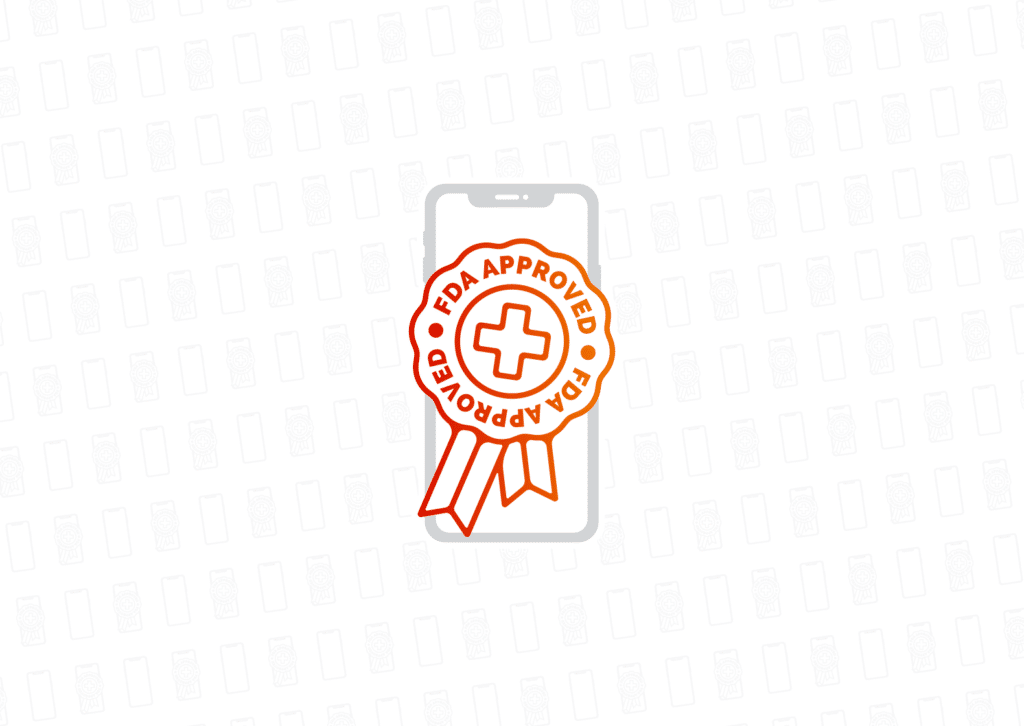The Internet of Things, or IoT, is all about connection.
An IoT is a network of devices that exchange data over the internet.. These devices can range from everyday home products (Amazon Alexa) to industrial ones (logistics tools).
Take any electronic device: your computer, traffic monitoring systems, lightbulbs that connect through an app… These are just a few of the “things” that build the Internet of Things.
As of 2020, experts believe that there are over 31 billion IoT devices which is a big spike from the 7 billion in 2018 and 26 billion in 2019. Who knows how much they’ll grow in years to come?
IoT is Crucial to the World
IoT devices are growing exponentially. After all, an estimated 127 IoT devices are added to the internet of things every second. But why are they growing so fast?
It’s simple! Because of low-cost computing, our physical devices can share information and collect data with little human interaction. The cloud and other mobile technology only accelerate this growth.
So now, all of our devices can connect and communicate effortlessly. So what?
The Internet of Things has many different practical uses, many of which are great for the general population:
- IoT can help assist with natural disasters – Technology has become so smart that some systems can predict a natural disaster before it happens.
- Energy Waste – Being able to see all your home devices from your phone can come in handy. Now, when you’re debating whether or not you turned off your air-conditioning while you’re away for the weekend, you can just check your phone and turn it off remotely.
- Smarter traffic systems – We’ve all been there: you need to leave, but because it is peak traffic time, your best bet is just waiting it out, right? Not with IoT! Smart traffic systems can see the flow of traffic and adjust the stoplights accordingly. Technology can also guide vehicles to open spots, cutting down on parking time and emissions.
The development of the Internet of Things has also advanced other kinds of technology. For example, Alexa and other smart-assistants wouldn’t have been possible without it.
IoT paved the way for low-cost, low-power sensor technology, Cloud computing platforms, and advanced machine learning. This makes it optimal for industry workplaces.
IoT is Booming with Business Value

Industrial IoT holds a lot of business value. With machine-to-machine communication, manufacturers can effectively manage their production equipment, tools, and employees to their highest potential.
Manufacturers can see issues with equipment before they cause real problems, see variations with project plans to maximize value, and even better manage general resources.
They can even track physical assets. This cuts down on theft and protects high-value assets.
Management can also track the health of employees with wearable technology. Making sure employees are kept safe in an optimal work environment has never been easier.
Another great use for IoT devices is product monitoring. The machines can analyze what doesn’t fit quality standards and assess the issue. By identifying defects early on, the entire process becomes more efficient.
Industries that already rely on the Internet of Things include finance, retail, automotive, manufacturing, healthcare, transportation, and more.
The Future of IoT devices

By 2021, 1.5 billion IoT devices will have a cellular subscription. And with the emergence of 5G technology, the Internet of Things will be a part of every economy and lifestyle.
Because of 5G, broadband and internet speeds will increase. More devices can be connected, and by using less energy, battery life will be extended. This is the optimal environment for IoT technology.
By connecting your home to your phone, you’re able to control the most important aspects of your life.
And with industries being able to safely increase their efficiency, while maintaining a safe work environment, IoT is securing its place for years to come.
If you’d like to learn more about IoT devices, check out our blogs on how to create IoT apps or contact Fyresite today.
 Lauren Lively
Lauren Lively 



